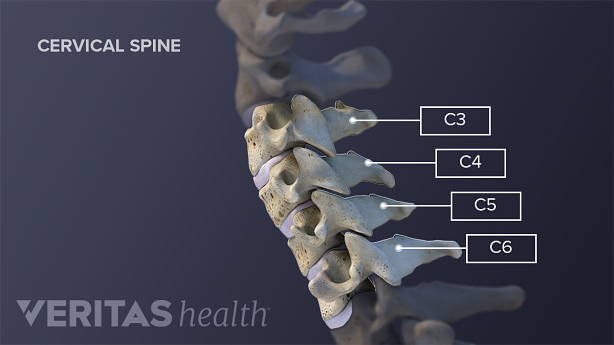ボトムアップ 型 Ai 作り方

The growing demand for personalized digital experiences has fueled a surge of interest in "ボトムアップ 型 AI 作り方", which translates to "Bottom-Up AI Creation Method" in English. This approach, focusing on constructing AI models from foundational elements, is gaining traction among developers and organizations seeking more control and customization over their AI solutions. This article explores the key aspects of this method, its applications, and its potential implications.
The bottom-up AI creation method represents a shift from relying solely on pre-trained, large language models to building AI systems with specific, granular control. It involves defining individual components and algorithms, and then integrating them to achieve a desired functionality. This contrasts with top-down approaches that adapt existing models, often sacrificing transparency and fine-grained control.
Key Principles and Techniques
Understanding the core components is vital. This involves a deep dive into algorithms, datasets, and programming languages. Python remains a popular choice due to its extensive libraries for machine learning and AI development.
Data is also crucial to bottom-up AI creation. Carefully curated and labelled datasets are essential for training the models. The quality and relevance of the data directly impact the performance and reliability of the AI system.
Several techniques are commonly used in this approach. Reinforcement learning, for example, enables AI agents to learn through trial and error. Genetic algorithms can optimize model parameters to find the best solutions for specific problems.
Applications Across Industries
The bottom-up AI approach is finding applications across diverse industries. In healthcare, it can be used to develop personalized treatment plans and diagnostic tools. In manufacturing, it enables the creation of optimized process control systems.
Financial institutions are also leveraging this method. They are using it to create sophisticated fraud detection systems and algorithmic trading strategies. The ability to understand and control each aspect of the AI system is particularly valuable in regulated industries.
Consider the development of a custom chatbot for customer service. Instead of using a generic chatbot platform, developers can build a chatbot from scratch. This allows for complete control over the bot's knowledge base, response patterns, and integration with specific business systems.
Challenges and Considerations
Bottom-up AI development is not without its challenges. It requires a significant investment in time, expertise, and computational resources. Building a complete AI system from scratch can be a complex and demanding undertaking.
Maintaining and updating the AI system over time can also be a concern. As data patterns and business requirements evolve, the model may need to be retrained or redesigned. Continuous monitoring and adaptation are crucial for ensuring the AI system remains effective.
Ethical considerations are also paramount. Ensuring fairness, transparency, and accountability in AI systems is essential. Developers must carefully consider the potential biases in their data and algorithms.
"The key to successful bottom-up AI development is a clear understanding of the problem, a well-defined architecture, and a rigorous testing process," says Dr. Akari Tanaka, a leading AI researcher at Tokyo Institute of Technology.
The trend towards bottom-up AI creation is likely to continue as organizations seek greater control, customization, and transparency in their AI solutions. While it presents significant challenges, the potential benefits of this approach are compelling.
Ultimately, understanding the nuances of "ボトムアップ 型 AI 作り方" requires a multifaceted approach, combining technical expertise with a keen awareness of ethical and practical considerations. This approach allows businesses and individuals to craft AI solutions tailored to their unique needs and objectives.


















